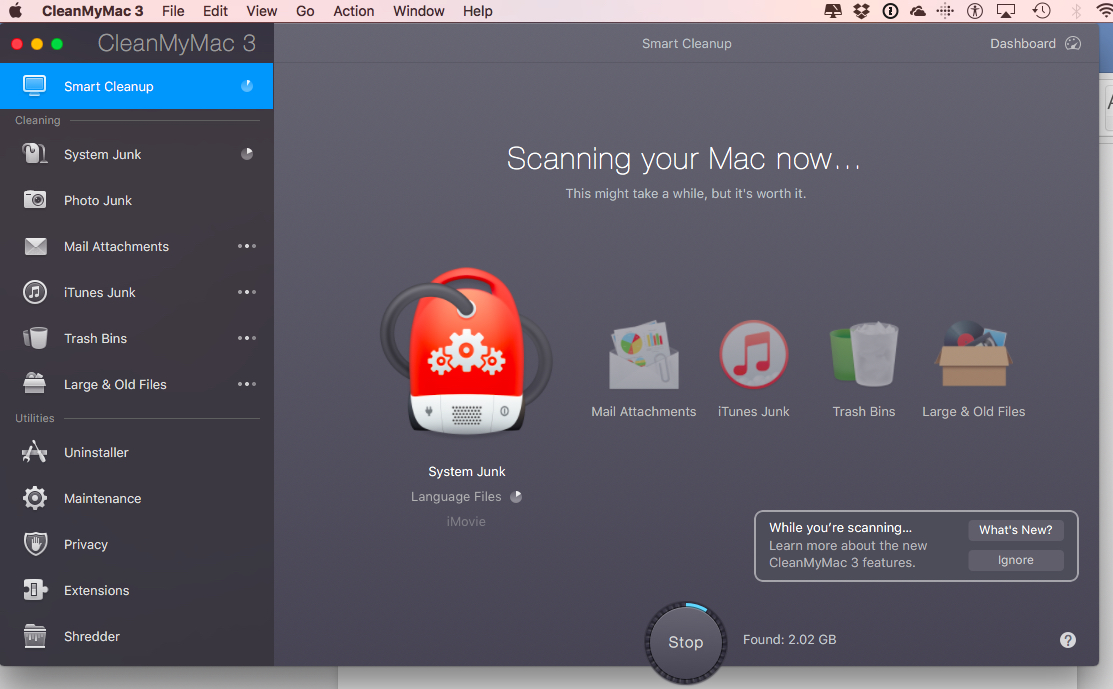Retro: Windows For Workgroups 3.11

Per a YouTube request I installed Microsoft Windows for Workgroups 3.11. I said in the video that I would not go into detail of how I was able to get it to work in Virtualbox. The reason I said that is because it would have resulted in an hour-long video.
I can, however, explain how I did it in written form here – and I know someone out there will find this information useful.
Before continuing, some of you are probably wondering why I even bothered doing this in the first place. I did it because I considered it a challenge. There is something uniquely fun about getting really old software or hardware working on the modern Internet, and this is why vintage computer hobbyists do it in the first place. I don’t mess around with the actual hardware (although I could), but I do dabble on the software virtualization side of things.
1. Old Virtualbox works, new Virtualbox does not.
If you attempt to install MS-DOS – never mind Windows 3.1 – in Virtualbox “post-Oracle” acquisition, it will crash. The solution is to use a Virtualbox version when it was still solely developed and produced by Sun Microsystems. The version I used was 3.1.8, and yes it is still available for download on the Virtualbox web site.
It should also be noted that FreeDOS has the exact same problem MS-DOS does in newer Virtualbox versions – it will crash. It’s not DOS’ fault, it’s Virtualbox’s fault. Use an older version.
2. Very-needed software packages are available.
A whole wealth of driver and software packages specifically for WFW 3.11 is here (and for DOS as well). While it’s true they were originally designed for VMware, they will work in Virtualbox. The network drivers, the “patched” Super VGA to get 800×800/4-bit (that’s as high as you can go in Virtualbox with this setup), the Microsoft TCP/IP 32-bit stack for WFW, CD-ROM drivers and so on.
3. I used CD images to get software into WFW.
Being that I couldn’t get the Windows networking to work quite right from WFW to Windows 7, what I did to get software into WFW was burn ISO images using ImgBurn, then virtually mount them into WFW via Virtualbox. This is how I was able to install mIRC, Netscape 4.0 and MSIE 5.0.
mIRC 16-bit edition is here.
Netscape 16-bit edition is here.
MSIE 5.0 16-bit edition is here.
4. Consider this a project; it will take time to complete.
My personal goal was to get MS-DOS 6.22/WFW 3.11 working along with real actual Internet connectivity – and I was successful, so it can be done.
If you’re crazy enough to get MS-DOS 6.22/WFW 3.11 working in a similar fashion, the video proves that yes, you can do it.
Were you to take actual real vintage PC hardware and do the same thing, believe it or not it would be a whole lot easier because everything you have would be supported on a native level.
Assuming you had a “proper” hardware setup, which for example would be:
- Intel 486 DX2/66MHz
- 32MB RAM
- 1MB video (maybe an old Trident card?)
- Soundblaster 16 audio
- 3Com Etherlink III network card (drivers are amazingly still available)
- 100MB HDD
- PS/2 connected keyboard and PS/2 connected mouse
- Any VGA-compatible monitor
…that setup will install with MS-DOS 6.22, WFW 3.11 with the Microsoft TCP/IP stack and allow you to browse the Internet easily.
As shown in the video, any web browser you use will be very crash-happy. But super-basic things like IRC chatting and simple document stuff (assuming you have Microsoft Office 4.0 or WordPerfect 5.2 lying around somewhere), the setup is usable – even if limited.

















5 thoughts on “Retro: Windows For Workgroups 3.11”